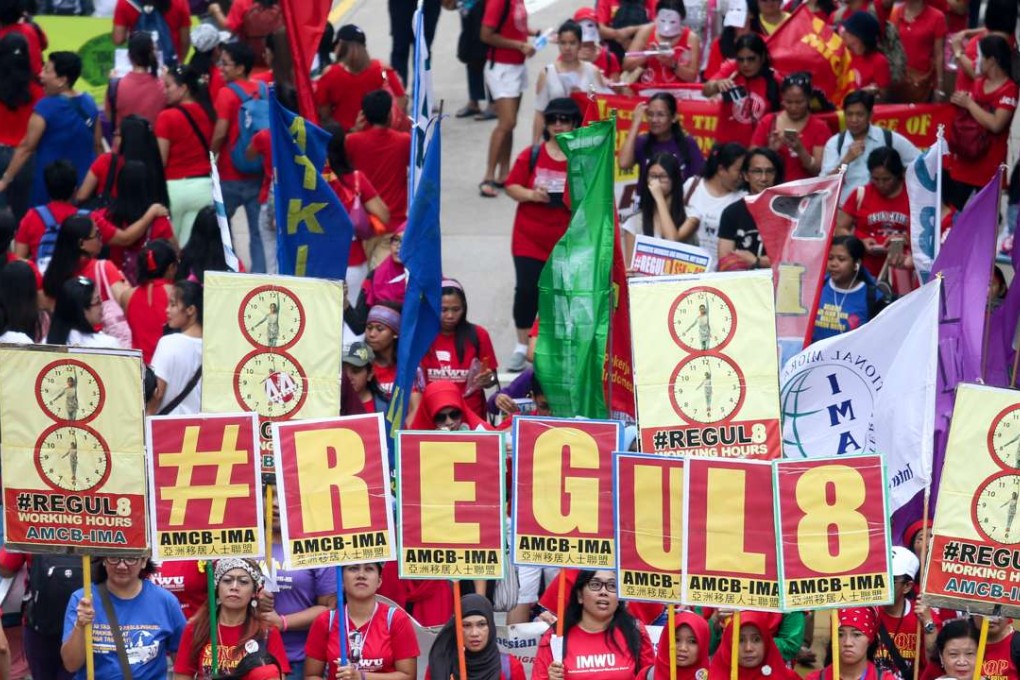Empower Asia’s migrant women in a changing world of work
Nenette Motus calls for gender-specific education, training and career advancement opportunities to better protect female labour migrants

According to the UN’s Department of Economic and Social Affairs, women now account for 42 per cent of the total number of migrants in Asia.
Popular destinations for female temporary labour migrants from Asia include the oil-rich Gulf countries and the fast-growing economies in Southeast Asia.
More women are also migrating to developed nations in East Asia, Europe and North America to meet growing demand, particularly in health care. Others, many of them overqualified, work as domestic workers, carers for children and the elderly, or as factory hands. Many are the primary “breadwinners” for their families back home, and their remittances generate significant revenue for their countries.
For many migrant women in low-skilled jobs ... technological advances are more of a threat than an opportunity
But for many migrant women in low-skilled jobs with little or no social protection, technological advances are more of a threat than an opportunity. Factories and businesses invariably weigh the cost of technology against the cost of cheap labour from developing nations. When they decide to install new technology, female migrants – the most vulnerable and cheapest to fire – are usually the first to be laid off.
Women’s Day must support migrants
The solution must begin in the country of origin and involve greater access to relevant education and training, as well as career development opportunities.